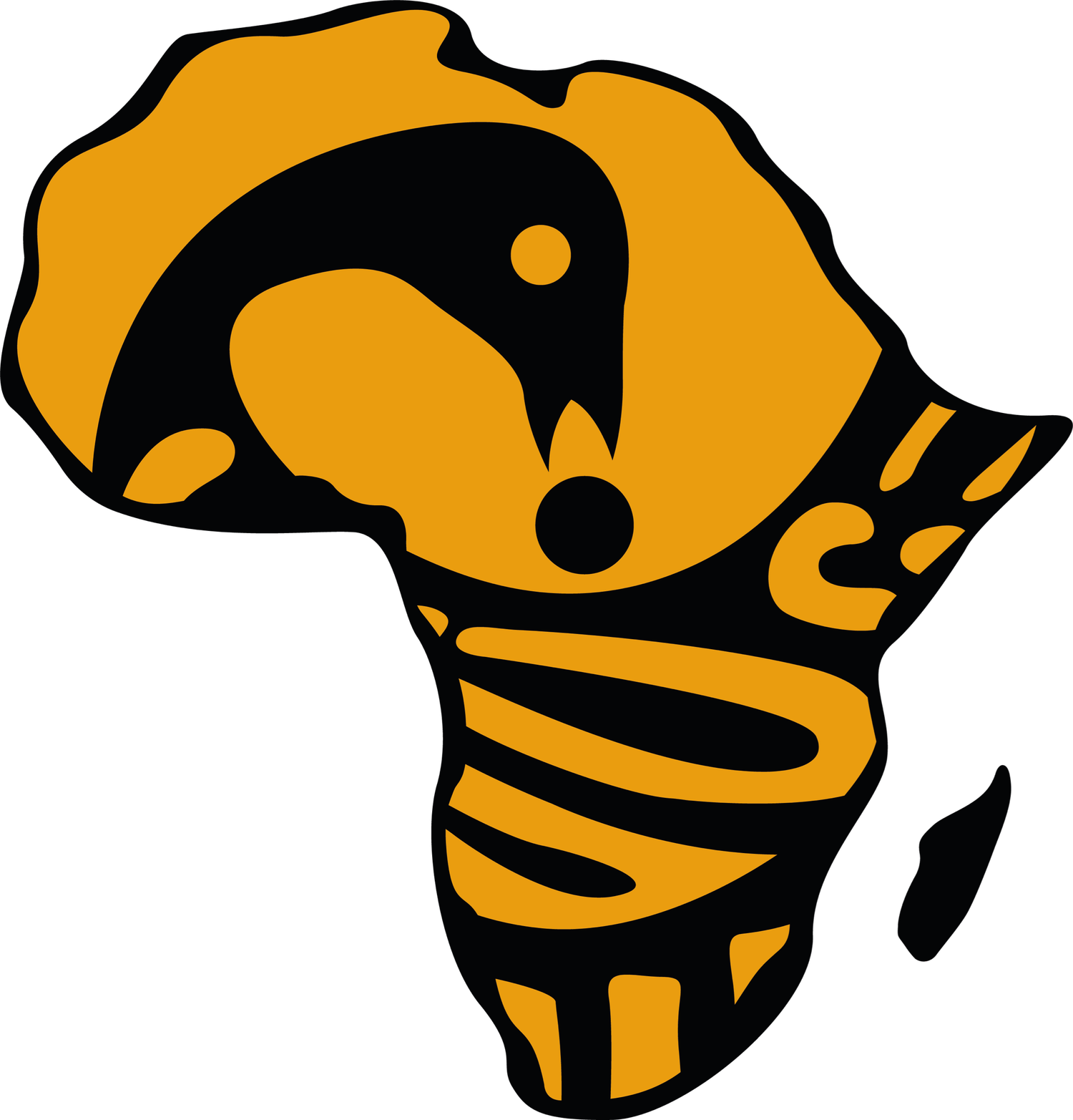The Maroons
Click here to download this lesson in slideshow format
Welcome to Black Resistance Level 1, Lesson 1: The Maroons
In this lesson, you will learn about:
How Black people resisted slavery in the Americas
Objectives
By the end of this lesson, you will understand:
Who the Maroons were
Where the Maroons lived
How the Maroons fought
The names of the most famous Maroons
Black people resisted in many different ways during slavery. Refusal to work, plantation uprisings, ship mutinies, armed action, the formation of abolitionist groups and Maroon communities were just some of the ways Black people fought this hellish and brutal system.
The Maroons were a group of Africans that had escaped slavery and lived together in communities away from the plantations. These communities, known as free towns, existed throughout the Americas; in the USA, Jamaica, Haiti, Cuba, Barbados, and Brazil just to name a few places. Some of these communities were small and some were huge, like the Republic of Palmares in Brazil which was home to 30,000 Black people. Often the Maroons would lead guerrilla raids on plantations, freeing fellow Africans from slavery by killing slave drivers and plantation owners. These ex-slaves would then join the Maroons, strengthening the community.
In Maroon towns, free Africans would farm their own crops and share their wealth as a small communal society. They formed governments and militias, acquiring arms from the plantations that they raided. African traditions, language, spirituality and culture were all present in these communities, re-blended in a way that allowed them to survive the Middle Passage.
The most famous Maroon leaders were Queen Acheampong Nanny of Jamaica, who originally came from the Ashanti Empire in modern-day Ghana, Zumbi of Brazil, who originally came from the Ndongo Kingdom in modern-day Angola, Makandal of Haiti, who may have come from the Wolof Empire in modern-day Senegal, and Harriet Tubman of the USA.


